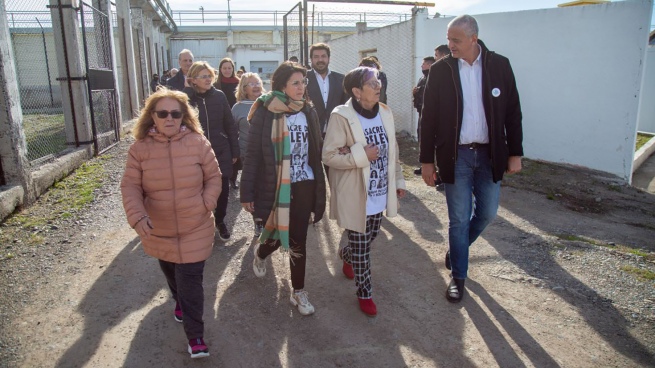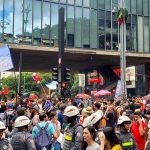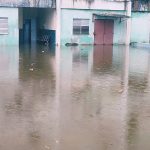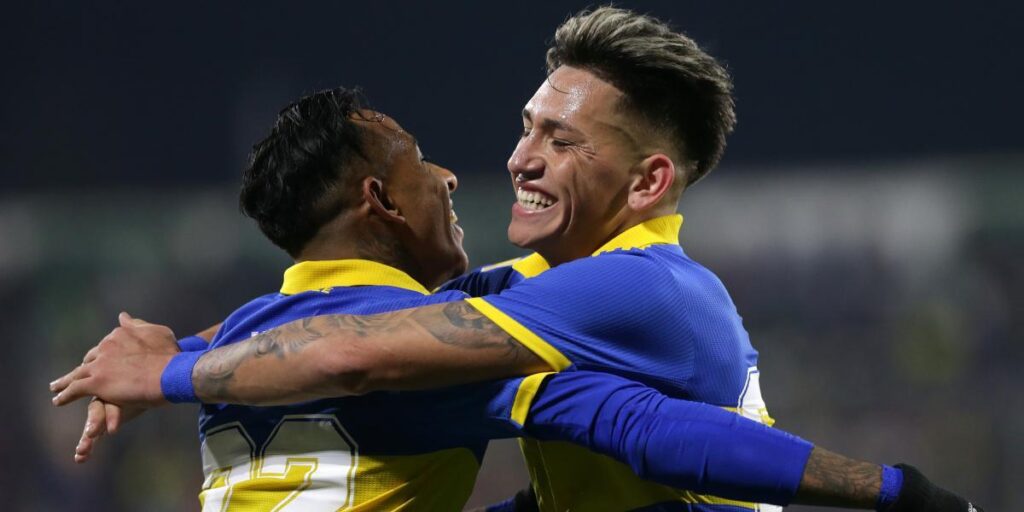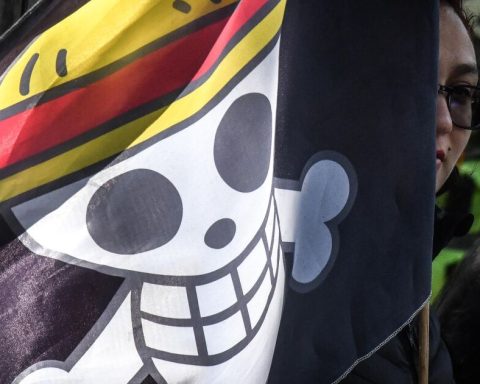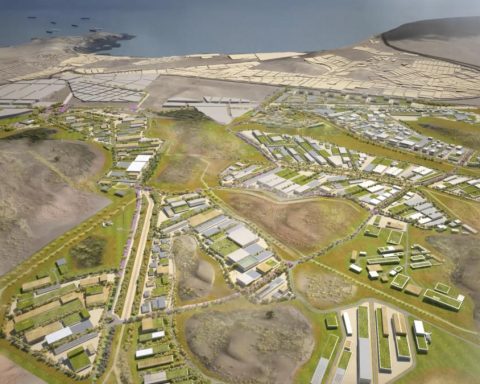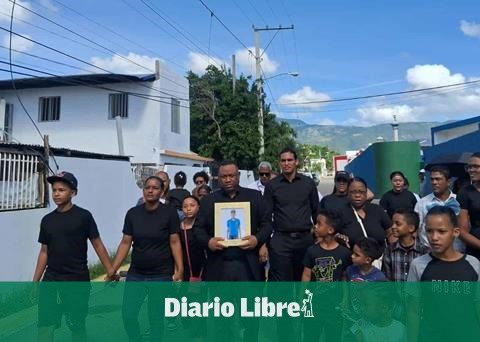Relatives of the victims of the Trelew Massacre and former political prisoners visited the facilities of the Rawson prison this Sunday afternoon, where several of them were detained, in a day full of emotion and memory.
Several of those former detainees recalled during these visits their experiences and the suffering they faced in that Patagonian prison, in which they were confined during the times of State terrorism.
the activity of identification of the prison as a place where crimes against humanity were committed was organized by the Secretariat of Human Rightswhere visits to this prison facility were also carried out.

At midday, columns of human rights activists, relatives of victims and former political prisoners began to arrive at the place where this act was to take place as part of the commemorations for the 50 years of the Trelew Massacre.
At the door, they began to organize themselves to enter and made lists of 30 people with a person in charge for each group.
After the signaling act that led Horacio Pietragalla Cortigroups of relatives and ex-prisoners began to enter the prison facilities.
After passing through the main access, the groups walked a hundred meters to the checkpoint, where they had to hand over their documents and cell phones to the prison service staff.
Télam was able to access the prison facilities by joining one of these groups and toured the places where the political prisoners of the last civic-military dictatorship were housed.

After passing the area where visitors are usually checked, the group to which this chronicler joined passed by the memorial that remembers Juan Valenzuela, the prison officer who died during the escape on August 15, 1972, which preceded the Massacre of Trelew.
A wreath of flowers was deposited on site in homage to the only victim who had escaped from prison in which militants from the armed organizations of ERP, FAR and Montoneros participated.
On the way to the next checkpoint and while the wind of the Patagonian steppe in the western part of Chubut picked up, a former detainee started a conversation with the reporters who accompanied him.
It was about Fernando Cavigliacurrent Secretary of Industry and Commerce of Entre Ríos, who in times of the dictatorship was arrested for his militancy in the Peronist Youth (JP), a surface organization of Montoneros.
“When I got here they considered me irretrievable and subjected us to a very strict detention regime. We bathed in cold water, we suffered mistreatment and isolation. My relatives had to travel more than 1,800 kilometers from Entre Ríos to visit me”, recalled Caviglia in dialogue with Télam.
Crossing the third door, you entered the patio of one of the pavilions, where you can still see a mural painted on the occasion of the 40th anniversary of the Trelew massacre.
We signpost the Penal Unit 6 of Rawson as a site of memory of State terrorism. A commemorative plaque was also placed at the event by the commission of former political prisoners and another by the lawyers of the causes. pic.twitter.com/r7GkOHhtyc
– Horacio Pietragalla Corti (@pietragallahora) August 21, 2022
In the pavilion visited by the relatives, young people with addiction problems are currently housed, who are part of a therapeutic community and who were solicitous with the ex-prisoners when they asked for references from the place.
– “Is this pavilion seven? I was in pavilion eight.”
-“That one is upstairs. We live here.”
They were the dialogues that were reproduced between the former political detainees and the current inmates of the Rawson prison.
Passing through the corridor of this pavilion, one could see the cells occupied by the prisoners; redoubts two meters wide by two meters long that were occupied individually.
Oscar Melliana former detainee from Viedma, felt as he walked through the pavilion that he had lost the measurements, the references of that place where he was held captive.
“It seemed bigger to me, I can’t place myself. This was where we had the burners and heaters. There were eight pavilions for political prisoners in this prison. In the last military dictatorship we were all men. They took the women away after Trelew,” Oscar recalled.
Patrick Torneanother of the former political prisoners who was detained between 1975 and 1982, recalled that during the 1978 World Cup he was “in the so-called death row.”
“We were like hostages with other companions. If Montoneros or any organization committed an attack during the World Cup, they were going to kill us”, Torne assured.
At the exit, there were those who were leaving the tour and those who were entering, and former colleagues in prison or militancy merged in endless and heartfelt hugs.
Patricio went out into the street, accompanied by two people who could be his children, the sun was setting on the Patagonian steppe and the memory was still there, where the dreams of that generation that fought to change the world still burn.
